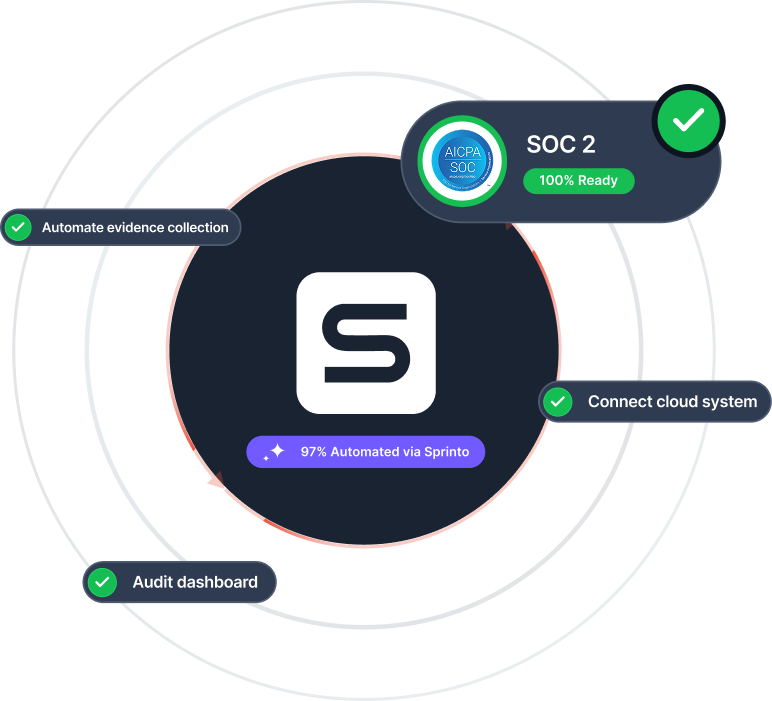Documentation and reporting of compliance
The SOC 2 framework requires clear, up-to-date policies and procedures that align with your selected Trust Services Criteria. These documents form the core of your evidence and demonstrate how your organization manages security, availability, confidentiality, processing integrity, and privacy.
SOC 2 documentation should be reviewed regularly, not once and done. As your systems evolve, your policies need to grow with them.
Here are the core documents auditors typically expect:
- Security policies: Acceptable use, password policies, remote access, device security, etc.
- Access control procedures: Who has access to what, how roles are assigned, and how access is reviewed.
- Incident response plan: Steps your team takes when a security event happens.
- Risk assessment report: Details of identified risks and how they’re being addressed.
- Change management policy: How system changes are tracked, reviewed, and approved.
- Vendor management policy: How third-party risks are evaluated and monitored.
- Business continuity and disaster recovery plans: How you maintain availability and recover from outages.
- Employee onboarding and offboarding procedures: How access is granted, reviewed, and revoked.
- Training logs: Evidence that employees have completed security awareness training.
- Monitoring logs: Proof that systems are being observed for threats or anomalies.
Many teams use dashboards or weekly reports to report compliance internally to track control performance, open issues, and upcoming deadlines. This helps you stay audit-ready—not just once a year, but always.
Soc 2 Compliance Documentation: How to prepare it ?
SOC Frameworks Overview
SOC 2 Basics
SOC 2 Compliance Process
SOC 2 Compliance Process
Sprinto: Your ally for all things compliance, risk, governance

